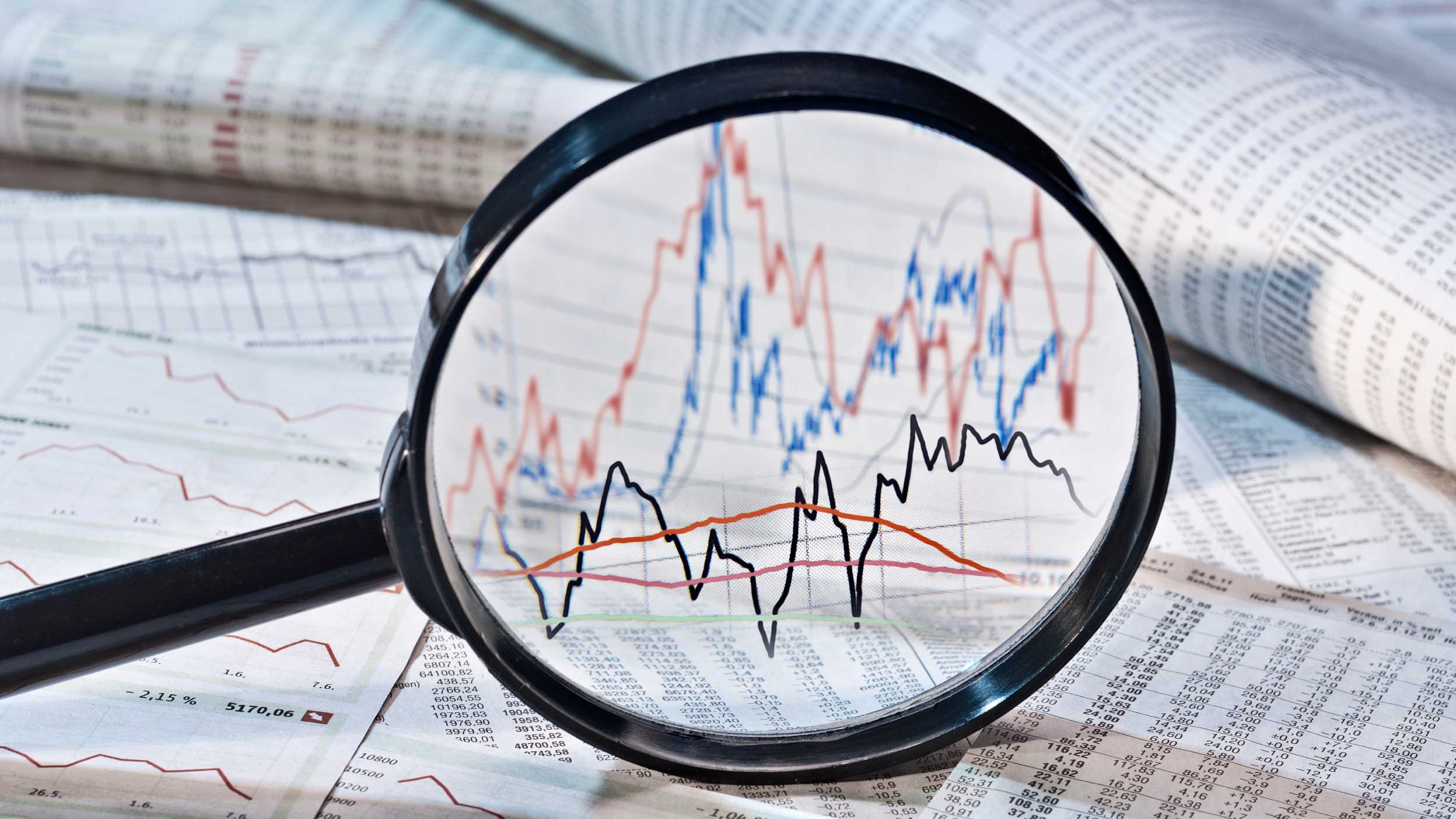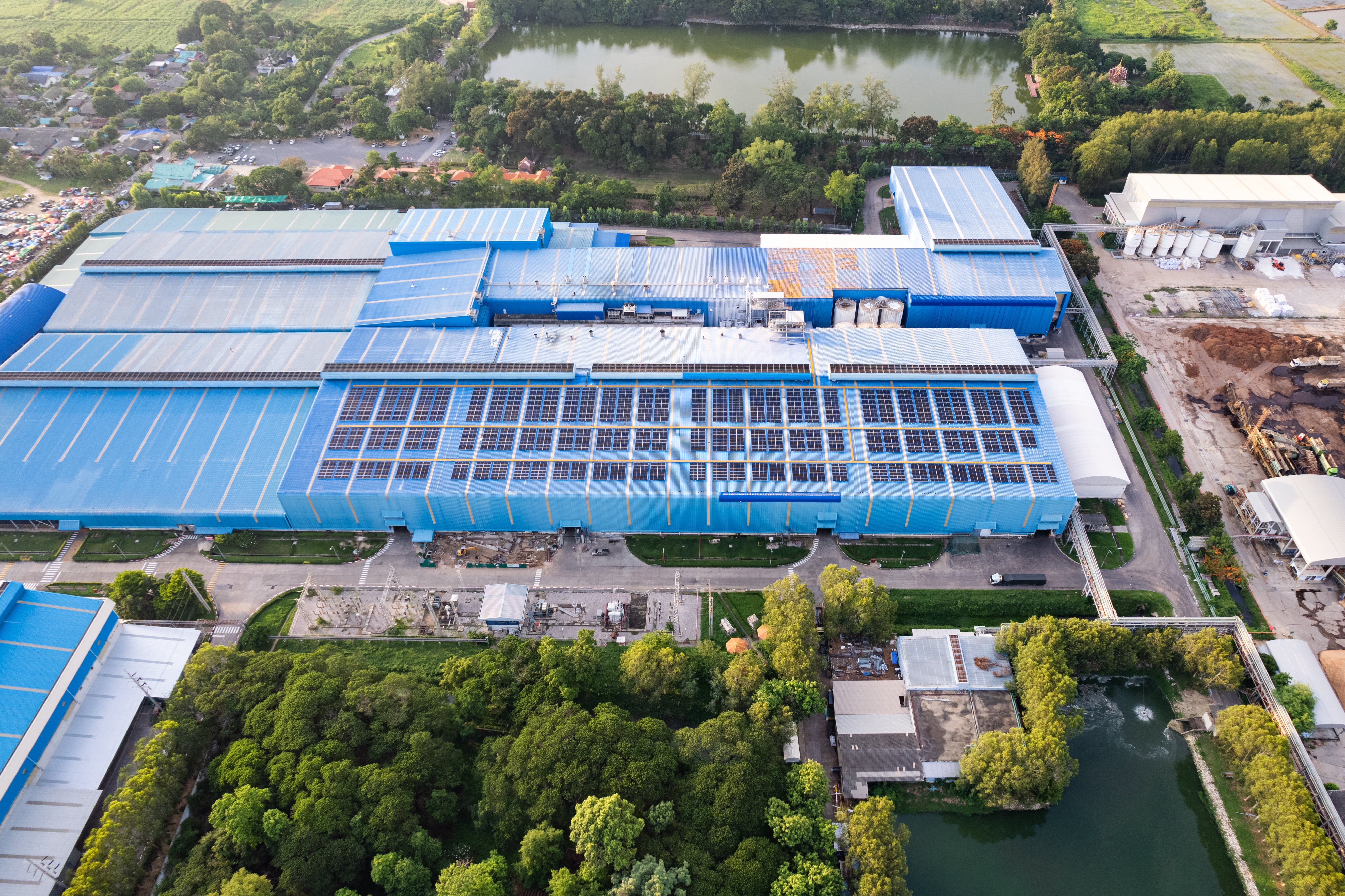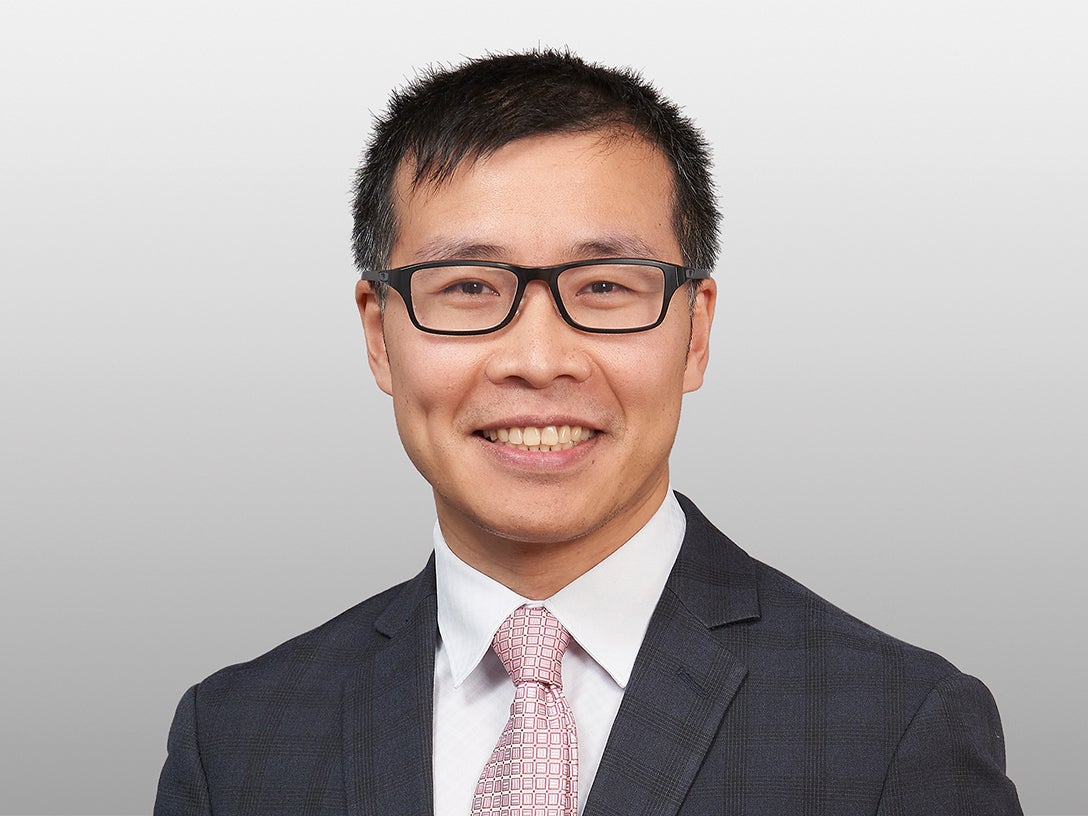We look beyond regional biases for a truly global approach. By examining opportunities from around the world, we look to create portfolios that can provide our clients with consistent income and capital growth.
Unlike traditional corporate bond managers, we don’t just focus on market timing and security selection. Instead, we go further. We identify the big themes driving economies and use this analysis to help drive our issuer selection. These themes could include things like:
- Decarbonisation/Net Zero transition
- The impact of Russia’s war on the energy and utilities sectors
- The transition of global economies from stagflation to stagnation
- And so on…
We also implement “macro overlays” to manage the overall risk of the fund through the cycle. This involves using derivatives, which help reduce transaction costs compared to trading in and out of corporate bonds.








